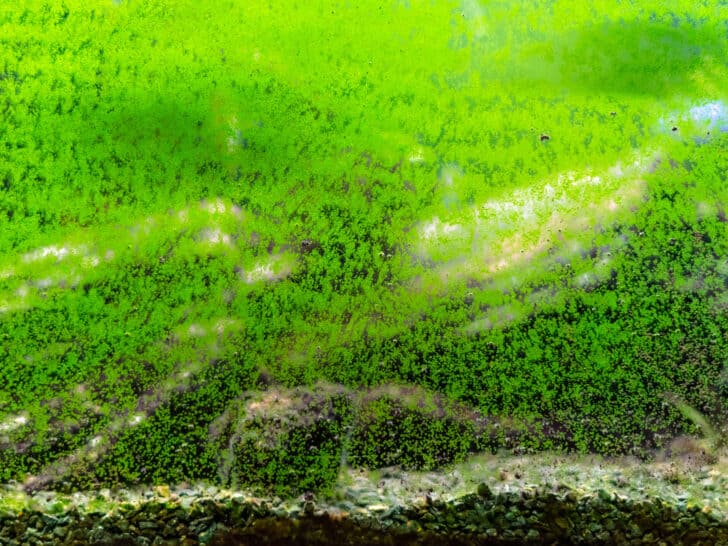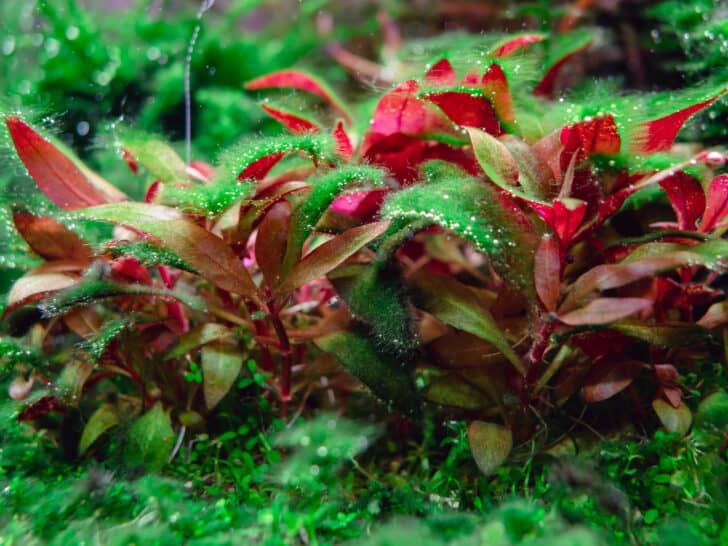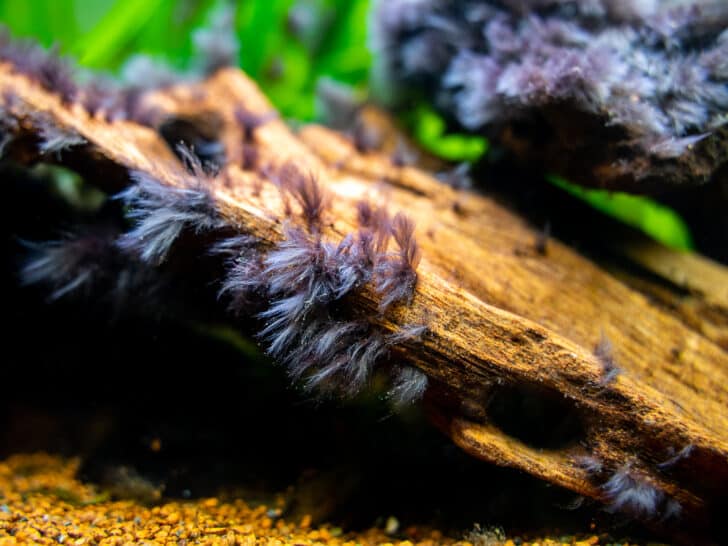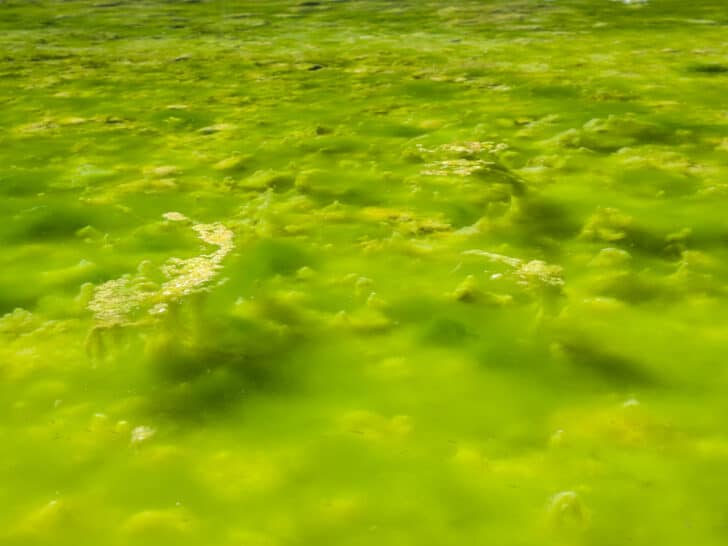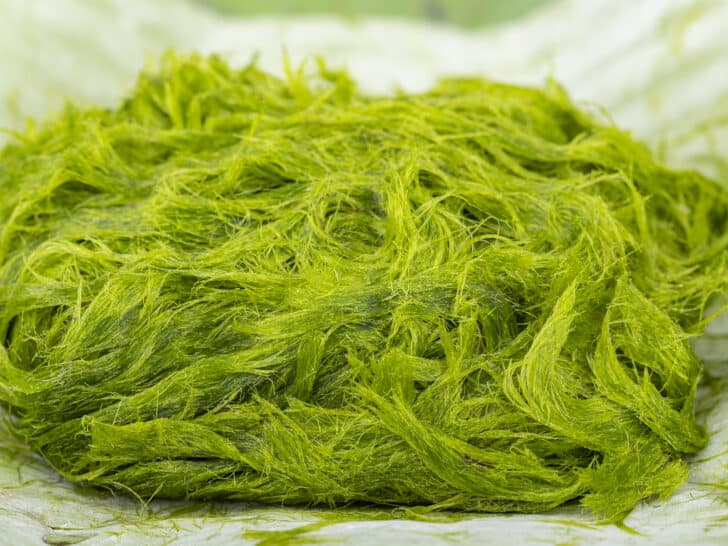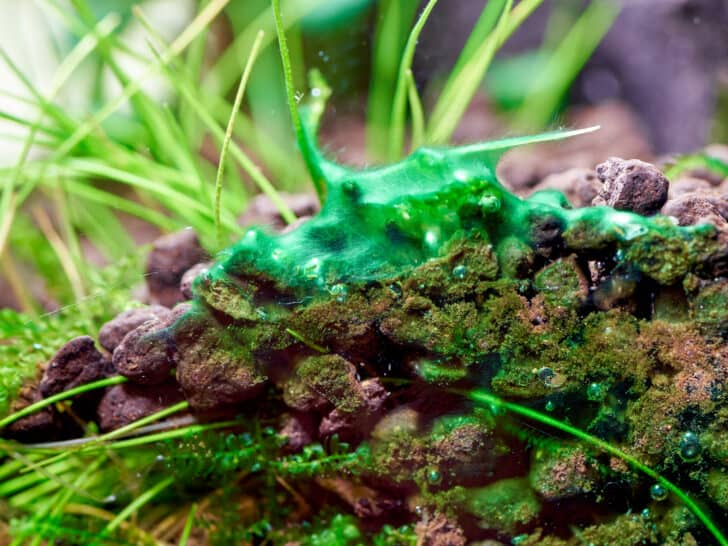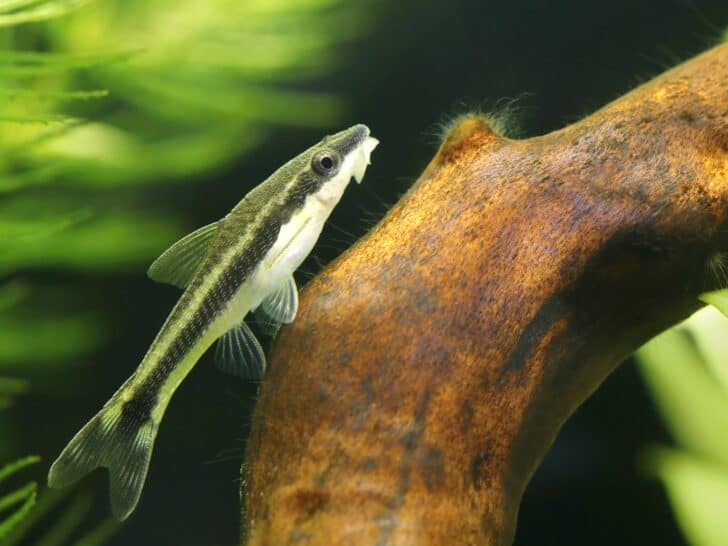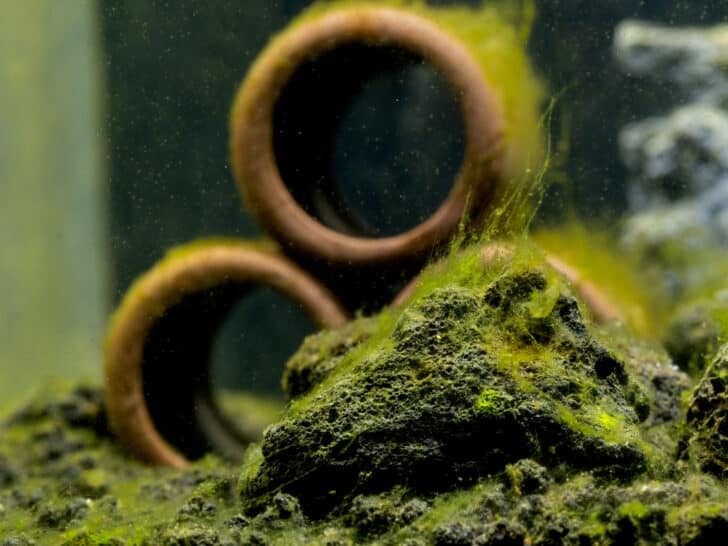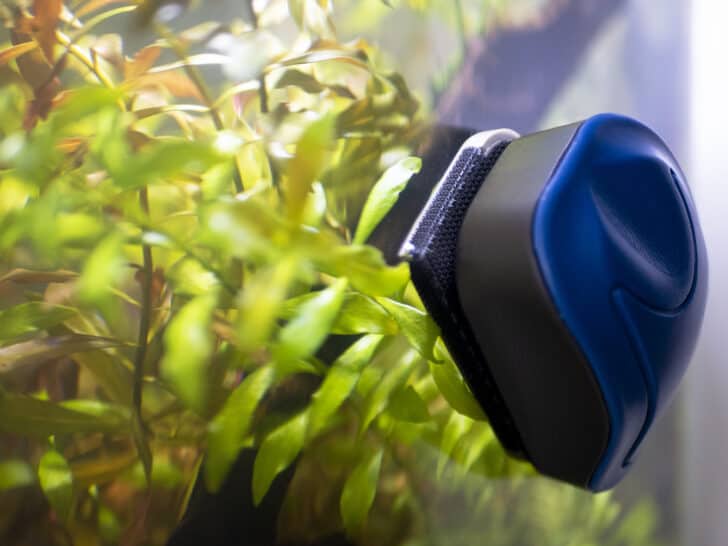Right now I want to tell you how I managed to remove white algae and prevent it from growing again.
Quick Answer
To get rid of white algae in your fish tank, improve water flow, improve water filtration, physically remove and vacuum the white allergy, remove excess nutrients and debris, add algae eaters into the tank, and use common chemical water treatment methods.
Right now, I’m going to provide you with a crash course on white algae, including what it is, where it comes from, how to prevent it, and how to remove it from your aquarium.
What is White Algae?
Although not as common as some other forms of algae, such as brown and green algae, white algae is also something that many aquarists have to deal with. White algae is also known as white hair algae, and these are small photosynthetic eukaryotic organisms.
Indeed, these are unicellular organisms that can be found in both freshwater and saltwater, and this means that they often affect aquariums.
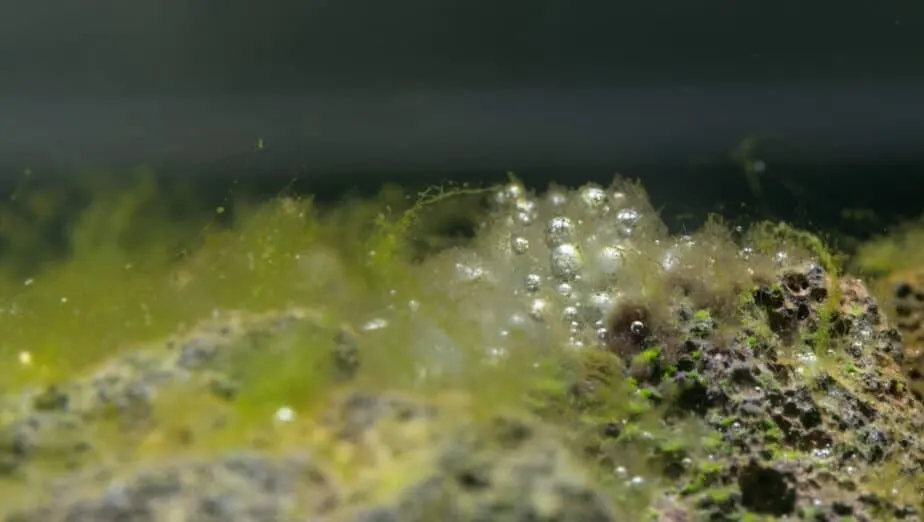
To recognize white algae, look for stringy or fuzzy patches on grass, plants, rocks, driftwood, and other decorations in your aquarium. White algae generally forms a very slick and thick white film, and it almost looks like white slime or mildew. It certainly does not look attractive.
Fortunately, if you notice white hair algae growing, you can be comforted by the fact that it is not harmful to your fish, and does not release any dangerous toxins. It does not look nice, and it may even negatively impact your aquarium plans, but with proper treatment and maintenance, it should not be a problem.
What Causes White Algae Blooms in Fish Tanks?
There are a variety of factors that can cause white algae to grow in your aquarium, so let’s take a quick look at what the main ones are.
Excessive Nutrients
A leading cause of algae blooms in fish tanks is excessive nutrients being present, such as carbon dioxide, nitrate, phosphate, potassium, iron, and magnesium.
These are all nutrients that algae feeds on, and the more are present in the water, the easier a time algae have growing. This may also be caused by not having enough plants in your tank that eat up those nutrients which algae also likes to feed on.
The Wrong pH Levels
Another cause of white algae growing in fish tanks is if the pH levels are not ideal. The pH level in your fish tank should be between 6.5 and 7.5 in order to prevent algae growth from occurring. Although, there are other contributing factors that need to be taken into account.
Excessive Lighting
The next leading cause of white hair algae growing in fish tanks is excessive lighting. Yes, both your fish and your aquarium plants need light to grow, but only so much of it. Any amount of light over 10 hours per day will provide the algae with the energy it needs to grow and multiply.
Poor Water Flow
Having poor water flow may also contribute to algae growth in your fish tank. If there are pockets in your fish tank that are stagnant, otherwise known as dead water, excess nutrients and waste can build up in those areas, therefore allowing algae to thrive. A good powerhead like this one can make a big difference.
Overcrowding the Fish Tank
Overcrowding your fish tank with way too many fish for the space they are in it may also lead to algae blooms. This is because the more fish you have, the more waste they produce, and the more ammonia and other nutrients they will release into the water, which algae will feed on.
How to Remove White Algae from Aquariums
Now that we know what causes white algae in aquariums, we can figure out what to do about it.
Physically Remove the Algae
White algae is admittedly very hard to remove from aquariums physically, because it’s so slimy. Getting a hold of it can be difficult. However, one thing you can do is use your aquarium vacuum to suck up as much of it as you can. Remember that this type of algae likes to grow on substrates, so vacuuming your substrate is a good idea.
Clean All Plants and Decorations
Something you can however do to physically remove algae from decorations, plants, and other objects, is to remove them from the tank and to give them a bleach bath.
Substances such as bleach or even hydrogen peroxide are known for killing algae, so soaking your plants and other objects in watered down bleach or hydrogen peroxide solutions should do the trick.
Just make sure to carefully and thoroughly rinse off anything that has touched bleach before putting it back in the tank.
Perform a Water Change
Algae spores like to float around in the water before they attach themselves to a certain area. Therefore, performing an immediate water change of 30% should help to remove a lot of the spores from the water. This may not remove current algae growth, but it can certainly help prevent the algae from multiplying so quickly.
Add Algae Eating Fish Into the Tank
Another easy solution to remove algae from your fish tank, albeit it will take awhile, is to add a variety of fish and invertebrates into your tank that will eat the algae.
Some of the most prolific algae eaters that will eat white algae include Siamese algae eaters, Chinese algae eaters, the American flag fish, barbs, otocinclus catfish, nerite snails, sun snails, Malaysian trumpet snails, and amano shrimp
Give Your Filter an Upgrade
Although the primary function of your filter in this regard won’t be to suck the algae out of the water, it may be able to remove some of the algae spores.
However, the real benefit here is that a well functioning filter with great mechanical and biological filtration features will help to remove many of the food sources from the water that the algae requires to grow.
This includes uneaten fish food, decaying plant matter, fish waste, ammonia, nitrites, and more.
Adjust the pH Levels
This type of algae grows well in unstable pH levels, so a good solution is to adjust the pH levels using the appropriate chemicals.
Remember, the PH level should be between 6.5 and 7.5, as this is the range where algae, particularly white algae, has the hardest time growing.
Decrease the Amount of Light
Although this might not remove current algae, decreasing the amount of light present will certainly help prevent the current algae levels from increasing further.
In some cases, you may even block out all light from getting to your aquarium for several days, and this may kill a good deal of algae present. If algae does not have some light for several days, it will begin to die.
Add More Plants
Adding more plants into your fish tank is another good way to remove algae that is present. By adding more plants into your fish tank, you are providing the algae with competition for the nutrients. The more nutrients present in the water column that the plants absorb, the less food is present for the algae.
How to Prevent White Algae from Growing
Here are just a few quick bullet point tips on how to prevent new white algae blooms from occurring.
- Don’t overfeed your fish.
- Don’t overcrowd the fish tank.
- Perform regular water changes.
- Clean the aquarium on a weekly basis.
- Remove any uneaten food, fish waste, and decaying plant matter.
- Maintain your filter and ensure that it is working properly at all times.
- Ensure that your aquarium has proper water flow and that there are no dead spots.
- Make sure that there are plenty of plants absorbing the nutrients present in the water.
- Having some algae eating fish can be beneficial as well.
Conclusion
The bottom line is that with all of the tips I’ve provided you with above, removing white algae from your fish tank and preventing it from blooming again is more than doable.

